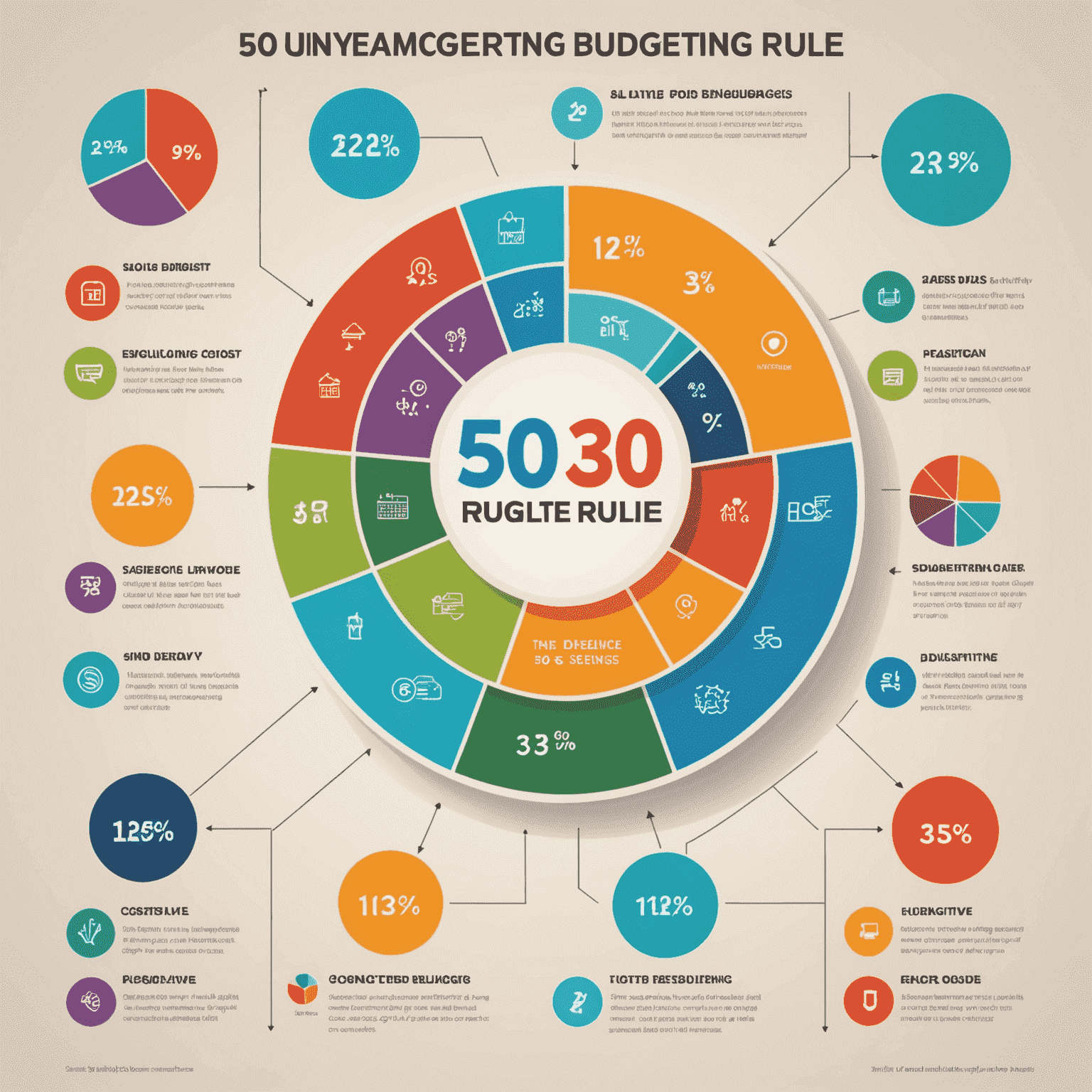Budget-Friendly Living: Mastering Your Finances in Today's Economy

In today's fast-paced economic landscape, mastering the art of budget-friendly living is more crucial than ever. This comprehensive guide will walk you through practical strategies to live within your means and maximize your financial resources.
1. Create a Realistic Budget
The foundation of budget-friendly living is a well-structured budget. Start by tracking your income and expenses for a month. Categorize your spending and identify areas where you can cut back. Remember, a good budget isn't about restriction—it's about making informed choices.
2. Embrace the 50/30/20 Rule
Consider adopting the 50/30/20 budgeting principle: allocate 50% of your income to needs, 30% to wants, and 20% to savings and debt repayment. This simple framework can help you balance necessary expenses with personal enjoyment and financial goals.

3. Cut Costs on Essential Expenses
Look for ways to reduce your fixed costs. This might include:
- Negotiating better rates for utilities and insurance
- Using public transportation or carpooling to save on fuel
- Cooking at home instead of eating out
- Shopping for groceries with a list and taking advantage of sales
4. Find Free or Low-Cost Entertainment
Living on a budget doesn't mean sacrificing fun. Explore free local events, utilize your public library, or enjoy nature walks. Many museums and galleries offer free admission days. Get creative with at-home entertainment like game nights or movie marathons.
5. Develop a Savings Habit
Even small amounts add up over time. Set up automatic transfers to a savings account, no matter how modest the sum. Consider it paying yourself first. As your financial situation improves, gradually increase the amount you save.

6. Invest in Your Financial Education
Knowledge is power, especially when it comes to personal finance. Take advantage of free online resources, workshops, and courses to improve your financial literacy. The more you understand about money management, the better equipped you'll be to make informed decisions.
7. Practice Mindful Spending
Before making a purchase, ask yourself if it aligns with your values and financial goals. Implement a waiting period for non-essential items to avoid impulse buying. Often, you'll find that the urge to purchase passes, saving you money in the long run.
Conclusion
Budget-friendly living is about making conscious choices that align with your financial goals and values. By implementing these strategies, you can take control of your finances, reduce stress, and build a more secure financial future. Remember, small changes can lead to significant results over time. Stay committed to your financial journey, and you'll reap the rewards of financial stability and peace of mind.